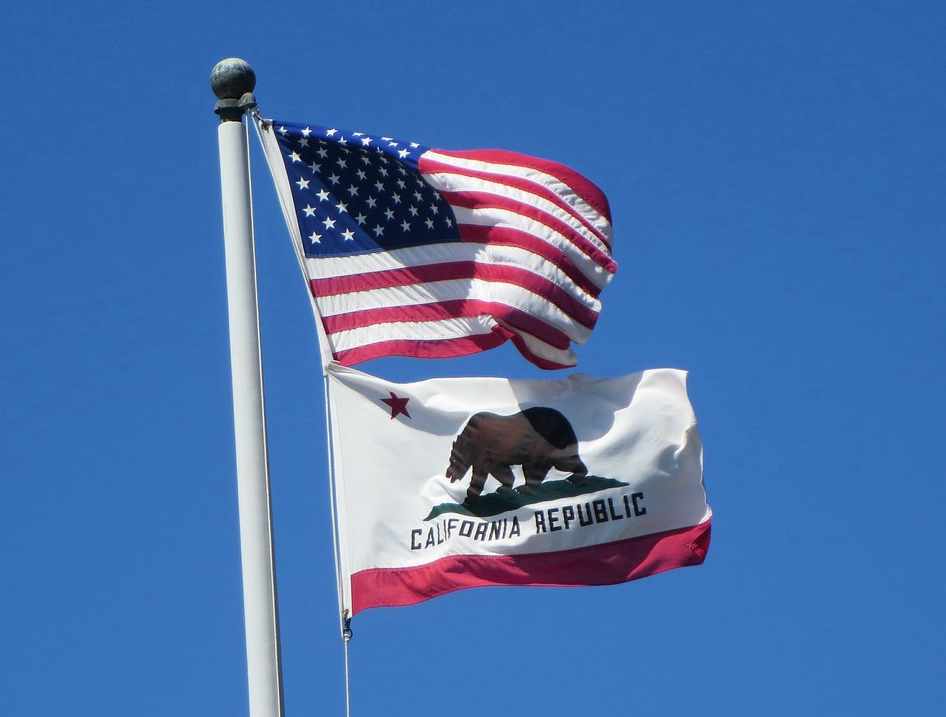California legislators ignore property insurance crisis, as more insurers pull-back

Issues in California surrounding property insurance availability appear to be escalating, with two more carriers reported to have pulled-back from writings in the State, while at the same time the legislative appears to have ignored the issues that are making writing wildfire-exposed property more challenging.
The latest insurance carriers to be seen to pull-back are Berkshire Hathaway’s AmGUARD Insurance, which it’s reported is withdrawing both its homeowners and personal umbrella programs in California, and Falls Lake Insurance which is shuttering writings under its homeowners program.
AmGUARD is set to non-renew policies from mid-November and previously reported it had 50,212 active policies in-force at the end of last year.
Falls Lake is much smaller, with only close to 1,000 policies in-force and is expected to begin non-renewing them from September.
Interestingly, in a filing on the matter, Falls Lake Insurance specifically cited its inability to secure the reinsurance needed for California in a cost-effective manner as the driver for its pull-back.
Recall, that Allstate was perhaps the first to pause underwriting new homeowners, apartment and commercial property insurance in California in late 2022, followed by AIG and Chubb which were reported to have pulled-back on high-value property risks in the state.
More recently, State Farm announced it was exiting the California property insurance market, ceasing to write business and personal P&C property as it cites exposure growth, rising catastrophe risks and reinsurance market challenges as reasons for the move.
Which was followed by Farmers Insurance, citing similar issues as State Farm, saying that writing business in California is fraught with challenges related to severe weather loss events, inflation and soaring reconstruction cost values.
Increasingly, local voices in California and insurance or reinsurance industry representatives are expressing their concern at the lack of action by legislators and policymakers.
California has strong and consumer focused legislation in place for insurance pricing, under the Prop 103 regulatory framework, but this is now 35 years old and requires an elected official to approve insurance rate increases, which is increasingly cited as an issue that serves to keep rates lower than they should be.
At the same time, insurers cannot use forward-looking catastrophe models to price risk, instead they have to rely on a 20 year back catalog of loss activity.
Wildfire activity in California has increased significantly, both in terms of acres burned and also the dollar value of damages in just the last five or six years.
This means insurers feel they are forced to price risk looking in the rear mirror, and unable to incorporate recent historical loss costs into their pricing.
In an environment where inflation and reconstruction costs have also been rising so fast, this is now problematic for insurers who increasingly feel unable to price property insurance adequately in California.
It’s worth noting that earthquake coverage is allowed to be priced with typical catastrophe models in the state.
Then, consider at the same time, that the global reinsurance market is able to price its capacity in whatever manner it chooses, so using models trained on the last few years of major California wildfire activity, if it chooses.
A gap is evident, in the pricing of primary property insurance in California and the cost of reinsurance, which is making operating in the State increasingly challenging and driving insurers to reduce their exposure and writings there.
Right now, the California legislature is convening for the final few weeks of its 2023 session, but according to reports the issues surrounding insurance availability are not being included in the lawmaker discussions and debates.
There have been hearings on the crisis in insurance availability in the State, but one commentator, California journalist Dan Walters, said on the matter “everybody thought something should be done, but nothing concrete emerged.”
While there is always a need to try and keep insurance rates as low as possible for consumers, there is also a need for risk commensurate rates to be charged for insurance coverage, else the industry will find its appetite reduced and therefore capacity will exit.
This is a delicate balancing-act, especially where it becomes a political issue to keep insurance prices as low as possible.
But, if insurers cannot cover their loss costs, expenses (including reinsurance), cost-of-capital and earn a margin from the rates they are charging and the premium they bring in, then something appears broken in the system and it’s almost inevitable the system will get worse, while the government will be increasingly required to step in.
Which ultimately will drive more and more property owners to find coverage from the FAIR Plan, which has strict limits around coverage and higher premiums anyway.
Risk commensurate pricing is part of the answer and this will have inevitable ramifications for consumers.
But legislators burying their heads in the sand is not and this has potentially even more negative connotations for California’s populace, as solutions need to be found beyond the FAIR Plan that already exists to keep insurance accessible and affordable as possible, but also priced more accurately for the risks being faced.






